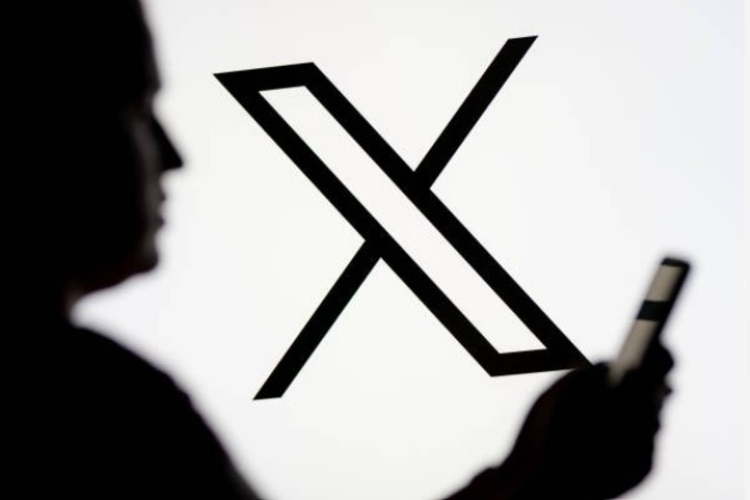
Free speech: US-based X (formerly Twitter) has taken the Indian government to court, accusing Prime Minister Narendra Modi’s administration of misusing legal provisions to censor content on its platform. The lawsuit comes in the wake of an order from the Ministry of Railways directing the platform to take down “hundreds of posts,” including videos related to a deadly stampede in Delhi that claimed 18 lives during the Kumbh Mela.
X Corp filed a petition in the Karnataka High Court, alleging unlawful censorship and arbitrary content regulation. However, the court declined to grant interim relief, noting that the government had assured it would not take coercive action against the platform for now. Justice M Nagaprasanna observed that X had already been granted the liberty to approach the court should such action arise, and posted the matter for hearing on April 24.
READ | Toll collections: Are motorists getting bang for the buck?
Last week, the Elon Musk-led company told the court that while it intended to fully comply with Indian laws, it had serious concerns about the Centre’s new content-blocking mechanism—the Sahyog portal—launched by the Ministry of Home Affairs. In its petition under Article 226, X argued that the portal circumvents the legal safeguards outlined in Section 69A of the Information Technology Act, 2000. The company described the Sahyog portal as a “censorship portal,” accusing the Union government of bypassing due process and violating protections recognised by the Supreme Court in the landmark Shreya Singhal v. Union of India judgment.
The Legal Battlefield: Section 69A vs Section 79
The crux of the legal challenge lies in how the government has used the IT Act to justify its actions. X contends that while Section 69A is the proper channel for blocking online content—with specific procedural safeguards including a reasoned order—the government instead invoked Section 79(3)(b). This section limits the “safe harbour” immunity of intermediaries when they fail to remove unlawful content once notified.
Beyond this particular case, the Indian government has long been under scrutiny for its handling of digital content, especially content critical of the ruling party. International media and digital rights organisations have pointed out that India increasingly uses legal, economic, and political levers to influence content moderation decisions on global platforms.
A report by Carnegie India noted that the Modi government, leveraging the country’s vast digital market, has steadily increased its control over online discourse through regulatory tools and market pressure. This raises serious questions about whether the government’s actions are driven by public interest or a desire to stifle dissent.
A History of Overreach?
This is not the first time India’s IT laws have sparked controversy. In 2015, the Supreme Court struck down Section 66A of the IT Act, which criminalised “offensive” online content, citing its vague language and potential for misuse. The Shreya Singhal verdict reinforced the principle that restrictions on online speech must be narrowly tailored and legally justified.
Despite this precedent, X argues that the new Sahyog portal enables state police and government departments to bypass these protections, issuing takedown requests without judicial or independent oversight. The Ministry of Electronics and Information Technology (MeitY) has defended the platform, calling it a necessary tool to deal with the “growing volume of unlawful and harmful content online.”
A Wider Battle with Musk’s Empire
The clash over content takedowns coincides with another developing dispute between the Indian government and Elon Musk’s companies. X’s AI chatbot, Grok 3, has stirred controversy for responses allegedly critical of the Indian government. While X has not received any formal notice, the Centre has reportedly contacted the company about the matter.
This opens a new legal frontier. Under Section 79, X is not liable for user-generated content, but the status of content produced by its AI systems like Grok is still a grey area. Whether such responses qualify as “third-party” content under intermediary liability laws will likely become a crucial point for judicial interpretation in the near future.
Free speech: Balancing governance and freedom
The government’s case cannot be entirely dismissed. It argues that such digital measures are necessary to maintain public order and national security, especially given the scale and speed at which harmful content can spread online. Courts have, on occasion, acknowledged these concerns.
Yet, in an era where India is actively courting foreign investment—Elon Musk’s Starlink and Tesla ventures being notable examples—it must tread carefully. Regulatory overreach or opaque enforcement mechanisms can erode trust among tech firms and chill innovation. A more transparent, consultative approach would go a long way in reassuring both domestic users and global stakeholders.
As the legal battle unfolds, the bigger question remains: is the Indian government regulating digital platforms in good faith—or is it using the law as a tool to silence dissent?
